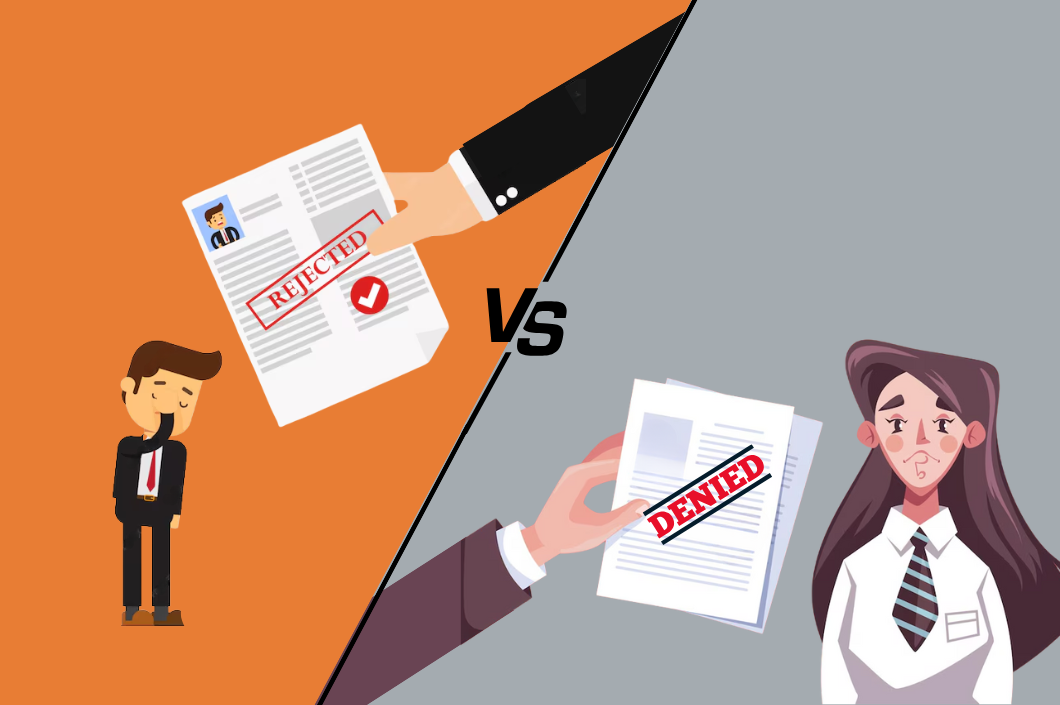In medical billing and coding, claim rejections and denials are common issues that can impact Revenue Cycle Management. Although they may seem similar, they actually have distinct meanings and therefore require different approaches for resolution. Understanding the differences between denied and rejected claims is essential for medical coders, billers, and healthcare providers to ensure smooth claims processing and maximize reimbursement. This article explores their key differences, causes, and best practices to minimize their occurrence.
What Is a Rejected Claim?
A rejected claim is one that does not pass the initial processing stage due to errors or missing information. Consequently, these claims are identified by clearinghouses or insurance companies before they reach adjudication, meaning they are never officially entered into the payer’s system for approval or denial. Since they are not processed, rejected claims do not generate an Explanation of Benefits (EOB) or Remittance Advice (RA) from the payer.
Common Causes of Claim Rejection
- Incorrect Patient Information – Errors in patient name, date of birth, or insurance ID can lead to claim rejection.
- Invalid or Missing Diagnosis or Procedure Codes – Incorrect or outdated ICD-10, CPT, or HCPCS codes can cause rejection.
- Formatting Issues – Incorrect data entry, missing modifiers, or non-compliance with payer-specific claim submission rules can result in rejection.
- Payer-Specific Edits – Some payers have unique claim submission requirements, and failure to adhere to these can cause rejection.
- Missing Provider or Facility Information – Omitting or incorrectly entering provider details such as NPI or Tax ID can lead to rejection.
What Is a Denied Claim?
A denied claim is one that the payer has processed but deemed unpayable for various reasons. Unlike rejected claims, the insurance company reviews and officially adjudicates denied claims, meaning they receive a formal decision. The payer issues an EOB or RA explaining the reason for denial.
Common Causes of Claim Denial
- Lack of Medical Necessity – The payer may deny a claim if the treatment or service is not deemed medically necessary.
- Duplicate Claims – Submitting the same claim multiple times without proper justification can result in denial.
- Authorization Issues – Certain procedures require pre-authorization, and failing to obtain it may lead to denial.
- Non-Covered Services – Certain services may not be covered by the patient’s insurance plan.
- Incorrect Coding or Documentation – Coding errors, lack of supporting documentation, or mismatched codes can cause denials.
- Timely Filing Issues – Claims submitted past the payer’s deadline can be denied.
Key Differences Between Denied and Rejected Claims
| Feature | Rejected Claim | Denied Claim |
| Processing Stage | Not processed by payer | Processed and adjudicated |
| Reason Provided | No EOB or RA issued | EOB or RA issued with reason |
| Cause | Formatting, missing data, invalid codes | Lack of medical necessity, duplicate claims, authorization issues |
| Resolution | Can be corrected and resubmitted as a new claim | Requires appeal or reconsideration |
| Impact on Revenue | Delays claim processing | Direct revenue loss if not appealed |
Best Practices to Reduce Claim Rejections and Denials
To minimize claim issues and improve reimbursement rates, follow these best practices:
1. Ensure Accurate Patient and Provider Information
Double-check patient details, insurance ID, and provider information before claim submission to avoid errors.
2. Use Up-to-Date and Correct Coding
Regularly update coding resources to ensure compliance with the latest ICD-10, CPT, and HCPCS codes.
3. Verify Insurance Eligibility and Authorization
Confirm patient coverage, pre-authorizations, and payer requirements before rendering services.
4. Conduct Thorough Documentation
Ensure that detailed medical records, physician notes, and necessary documentation support all claims.
5. Follow Timely Filing Guidelines
Each insurance payer has a deadline for submitting claims. Keep track of these deadlines to avoid denials.
6. Implement a Quality Control Process
Review claims before submission to identify and correct potential errors.
7. Use Automated Claim Scrubbing Tools
Many billing systems offer claim scrubbing features that automatically check for errors before submission.
8. Appeal Denied Claims Promptly
For denied claims, review the EOB, gather supporting documentation, and submit an appeal within the specified timeframe.
Conclusion
Understanding the differences between denied and rejected claims is crucial for efficient medical billing and revenue cycle management. While providers can quickly correct and resubmit rejected claims, denied claims require a more strategic approach, including appeals and additional documentation. By implementing best practices, medical coders and billers can minimize claim issues, ensure faster reimbursements, and improve financial outcomes for healthcare organizations. By staying proactive in claim management, healthcare providers can optimize their revenue cycle and reduce the administrative burden associated with rejections and denials.

